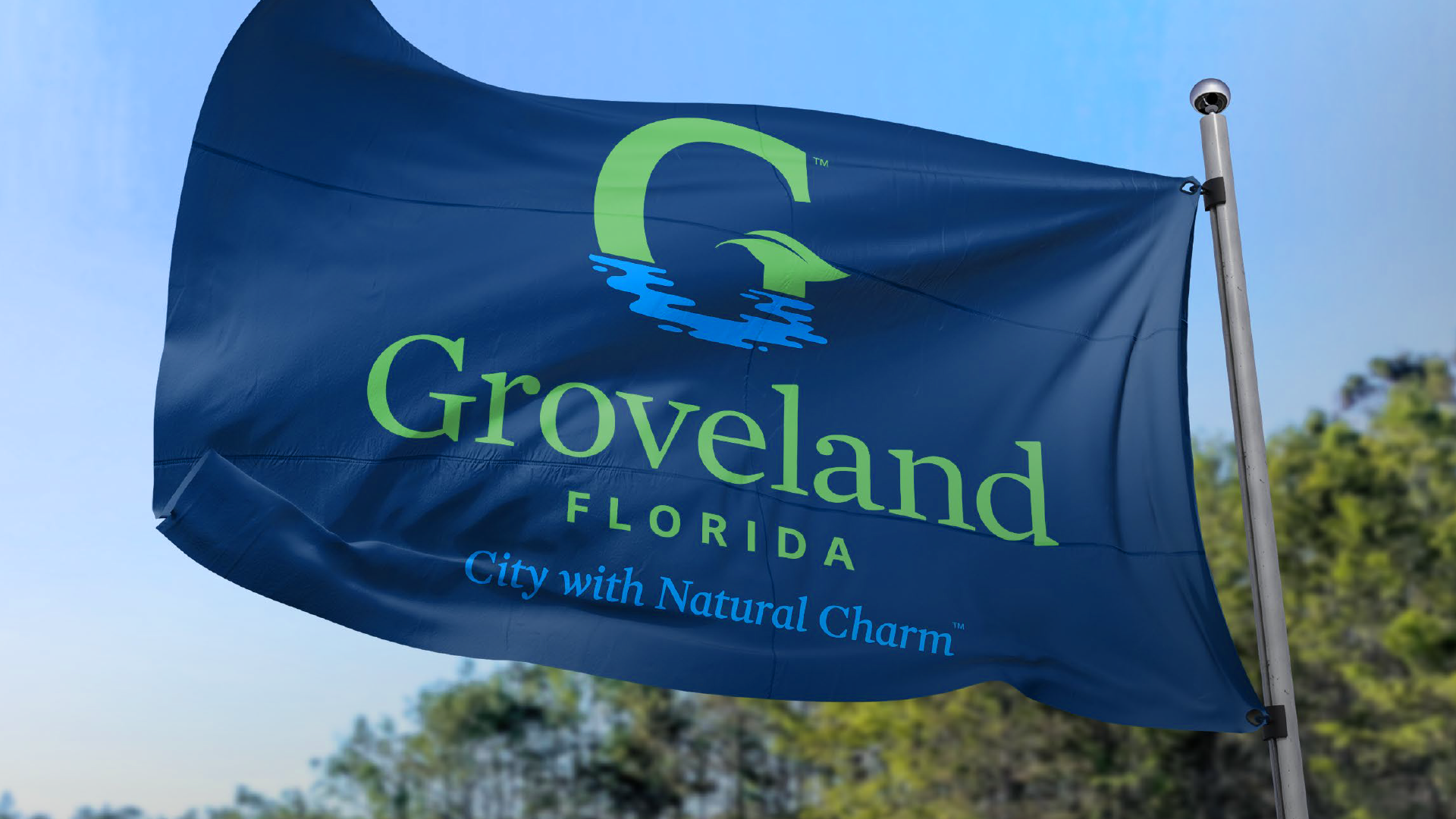09.02.20
Different Types of Logos [and How to Use Them]
Did you know that your logo falls into 1 of 7 different design categories? Below we run down the 7 most common types of logos, how they are used, and when it’s best to use each one.
7 Different Types of Logos
WORDMARK
A wordmark also referred to as a logotype, is when the name of a company is designed in a visually unique way. These typographical-based identities work well when cleanly designed, easily readable, and when a companies’ name is not very lengthy. Typically, wordmark logos transition well across a wide range of mediums, colors, and formats, making them highly versatile.
Wordmark ProTips:
It’s best to use wordmark logos when you have a short and memorable business name. Stay away from “trendy” typefaces so you’re not dating your identity before it has a chance to become recognizable with your potential customers.



MONOGRAM
A monogram logo is a mark created by a combination of one to three letters – forming a distinguishable symbolic abbreviation of a business’s identity. Since the dawn of time (well, maybe not that far back) monograms have appeared in religious books, architecture, and have been symbols of royalty. When used successfully, monograms help brands become easily recognizable and memorable marks for your customers and loyal fans.
Monogram ProTips:
Monograms are perfect for when you have a longer business name that could benefit from utilizing initials. Technology companies and law firms are common users of the monogram style. One thing to consider when using a monogram logo: until your brand has had the exposure and history to lend itself to familiarity, include your business name underneath, to the side, or around your monogram.
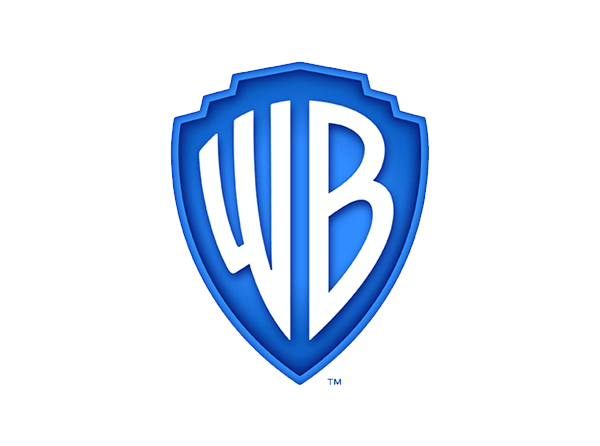
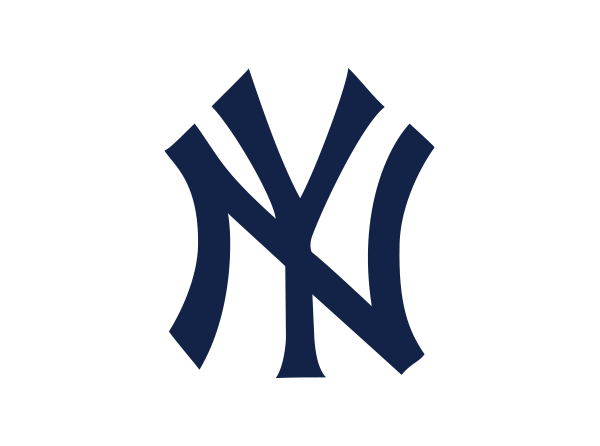

PICTORIAL
A pictorial logo is one of which consists of a standalone graphic. These logos usually appear for established brands that have a strong consumer following in the marketplace that allows them to be recognizable without accompanying text. Some pictorial logos are graphic representations of the brand’s name, such as Target, Apple, and Shell. Others may be visual representations of what the brand does or tries to accomplish, such as the batter in the MLB logo or the Twitter icon representing a “tweet” by utilizing a bird illustration.
Pictorial ProTips:
Pictorial marks are best reserved for established brands with a strong consumer base. Many of these types of logos start out as a combination logo, and then later grow into a recognizable visual representation.
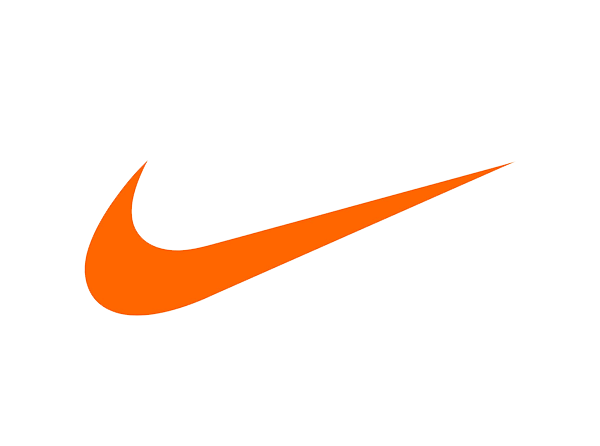


ABSTRACT
Abstract logos are often created utilizing geometric shapes, usually detached from a literal representation. A massive benefit from abstract logos is just that, they are abstract – a uniqueness that separates a brand from anything else out there. Much like how a pictorial logo becomes memorable the more people know a brand, great abstract logos work their success through being immediately recognizable.
Abstract Logo ProTips:
When developing an abstract logo it’s a great idea to try to evoke a feeling versus a thought. Telling the story of a brand through an abstract mark can be challenging, but creating a feeling your clientele can get behind is a huge payoff.


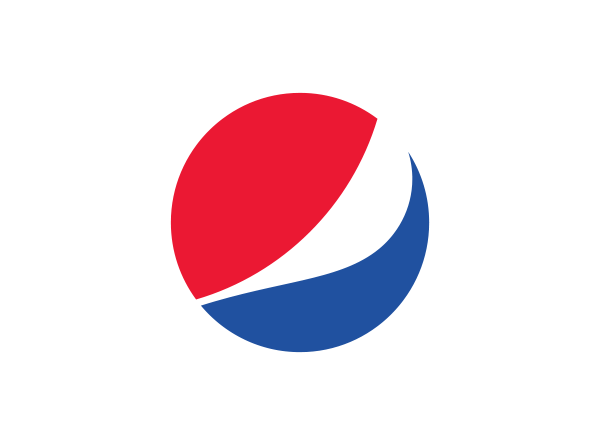
EMBLEMS
An Emblem logo features a word, symbol, or graphic inside a geometric holding shape. This is one of our favorite types of logos. Emblem logos are often seen in education, sports, and the auto industry. Emblems range from sophisticated to simple and can be a great way to solidify a brand’s visual representation across multiple mediums. Being that an emblem is typically in a holding shape, it makes adding it to the top of brand standard colors a breeze.
Emblem ProTips:
Emblems are great when looking to create a sense of longevity for a brand. While examples below like UPS and BMW have changed their look over time, they’ve consistently used a shape that’s easily recognizable – creating a sense of tradition and familiarity.

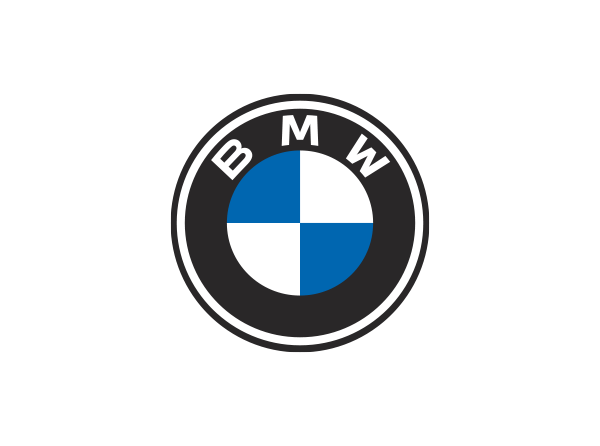

MASCOTS
Mascots are a way to positively and personally impact your fans and clients. Mascots are often seen in sports, food brands, services, and more. A mascot logo can help build familiar recognition for a brand, and appeal to a wide range of ages. These types of logos also allow for creative exploration and expression – such as the Michelin man waving or giving a thumbs up, or Einstök’s Viking wearing a Santa hat for their seasonal Ale. Mascots also can express a wide range of emotions and feelings – while Rich Uncle Pennybags leads Monopoly with friendly confidence, the Las Vegas Raiders mascot means serious business when it comes to professional football.
Mascot ProTips:
When you’re looking for a brand ambassador, a Mascot may be the way to go. When creating a mascot, keep in mind that you’ll want it to be flexible across various mediums, and represent your brand correctly – i.e. you probably would not want a figure made out of broccoli for selling automobiles.



COMBINATION
Last, but not least – let’s dive into Combination Logos. When it comes to brand identity, Combination Logos are probably the most common type of logo you will come across. These marks are comprised of a wordmark with a pictorial, abstract, or mascot and are typically laid out stacked vertically or side by side. Combination marks can be versatile since your graphic element is supported by text. This format is also a way to build up confidence and recognition with your brand – and for consumers to start becoming familiar with your pictorial, abstract, or mascot designs.
Combination ProTips:
Combination marks are a great choice from most companies when they want to use multiple assets in their identity. When utilizing a graphic and a text element together, you create a foolproof way of being able to develop your brand further down the road. It could be a simple color change, or if your mascot needs a makeover, you’ll have the supporting copy coming along for the ride.
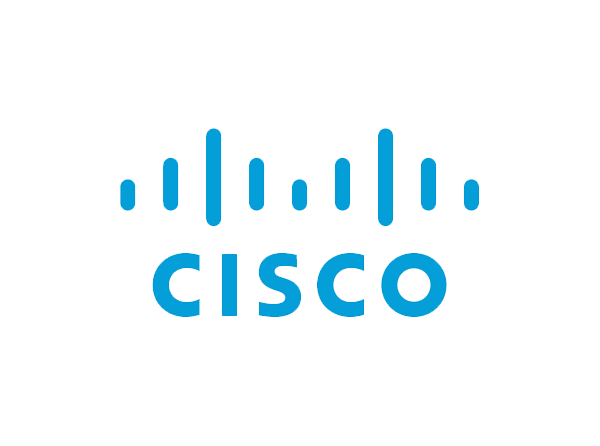
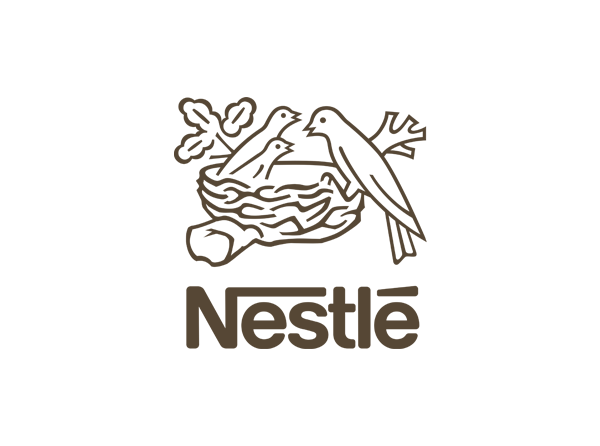

There you have it. The 7 most common logo styles. Unsure which type would be the best fit for your company? We know someone who can help.
Contact us today for your brand identity needs, and let’s make a mark we can both be proud of.
RECENT POSTS

Leverage Social Media Ads to Boost Your Brand’s Visibility and Drive Results

Elevate Conversions with Expert Landing Page Optimization Strategies
